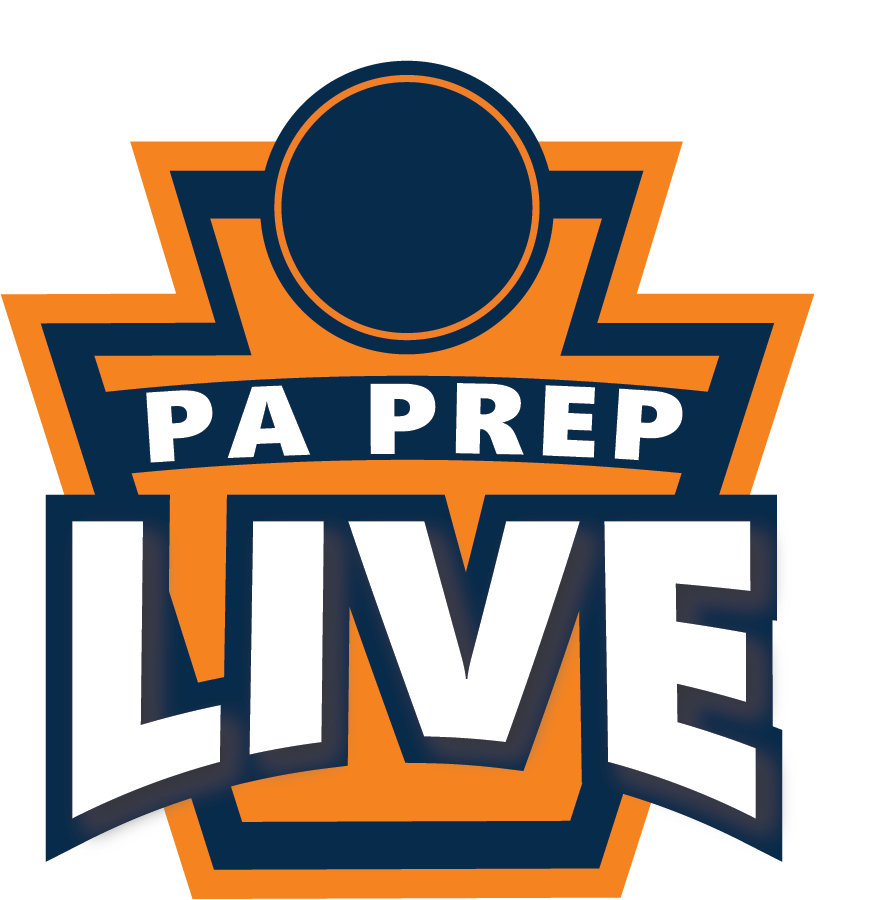
Inside zone and bubble screen play has led Coatesville to District 1 elite
CALN >> What made Coatesville’s run to the state finals in 2012 so thrilling was because it was as much unexpected as it was rare in the Ches-Mont League.
The way Coatesville performed in the postseason and wowed spectators and opponents with its offensive displays make it easy to forget the 2-2 start to the season.
It’s been documented that Coatesville’s frantic, yet barely unsuccessful comeback attempt against Downingtown East in week four propelled the Red Raiders to becoming one of the most exciting offenses in league history.
The Red Raiders are 83-33 in the last 10 seasons, and have won 33 of their last 37 games since that loss to the Cougars. The play call at the forefront of Coatesville’s run is the inside zone/bubble screen option.
The ability to execute that play is dependent on the quarterback diagnosing the defense and deciding where the advantage is. Fortunately for Coatesville, it’s had three star quarterbacks in a row, from Manny Stocker to Emmitt Hunt and now Jordan Young in his third and final season.
“They force you to decide how you’re going to play it,” East coach Mike Matta said. “ If you play the receivers and take away a guy in the box, they’re able to run effectively. If you cheat guys in the box, they’ll throw it out quick and all their running backs and wide receivers play well in space. They’ve also had three pretty good quarterbacks in that offense that can make good decisions.”
Prior to the snap, the QB counts the defenders, and if the defense has six or seven in the box, the ball is thrown to the slot man running a bubble screen behind the line of scrimmage. When defenses spread out to help agains the pass, the QB hands the ball off to the running back behind a zone-blocking line.
“If the linebacker walks out of the box it favors the blocking scheme,” Coatesville coach Matt Ortega said. “We have a five-on-five then and that’s what we want. If he walks back in we can throw it out to the bubble. It puts the defense in the gray because they have to choose one or the other.”
What really makes the play hum is explosive athletes. The 2012 team was the perfect example, and defenses were continuously on their heels trying to guess right. Between Chris Jones and Dre Boggs at wide receiver, defenders had to play off to avoid getting beat over the top.
With the secondary back, any space was too much against Boggs, who averaged 16.9 yards on 84 offensive touches. When opponents brought help out to the slot, running back Daquan Worley became a terror, running for 966 yards in six playoff games.
“In 2011 we were more pro style with a lot under center stuff and we’d count the defenders in the box and determine if it was a run or pass,” Coatesville offensive coordinator Nick Felus said. “We started all the run/pass option to try and get our best athletes out in space and force the defense to cover the whole field.”
The move to the shotgun formation caught momentum with Hunt and has become the primary choice with Young. Not only has the play gone smoother from shotgun, but Young’s ability to run the ball has added another element to the offense.
“Running it under center, it wasn’t as good as when we transitioned to out of the gun,” Ortega said. “It’s really taken off. Jordan has taken it to a different level, running the ball. He’s definitely unique and he’s been really, really good for us.”
While Coatesville has had talented skill kids the past two seasons, its lacked the depth and overall speed of the 2012 team. Young has compensated with 848 yards and 25 touchdowns on the ground his first two seasons, guiding the Red Raiders to the District 1 Class AAA title game last fall.
Who knows how the 2013 season would’ve ended had Worley not torn his ACL in week 9, but the past three seasons are among the greatest runs in Ches-Mont history.
It’s been everything Ortega could’ve dreamed of after bringing his scheme from York High, where he was 37-18 in five seasons.
“We had a lot of wide receivers and that was the strength of our team and we also had a good quarterback,” Ortega said of his York team. “We wanted to hit short, quick throws and get our best athletes in space and we have the same sort of thing here at Coatesville.”
The inside zone has been a part of the Red Raider offense since before Ortega arrived and the running backs have thrived despite differing styles.
Worley was the most highly-acclaimed back, earning a scholarship to Penn State University, and he was fantastic at hitting seams and getting north/south in a flash. His predecessor Dae-Hon Cheung tormented defenses with his ability to cut back, a byproduct of the zone-blocking scheme.

Dae-Hon Cheung was a master of the cutback, running for 1,893 yards in 2011, leading Coatesville to its first playoff win in the Matt Ortega era.
Last fall Jalen Hudson was the benefactor of vulnerable defenses, running for 496 yards in five postseason games after collecting just 561 yards in eight regular season games.
“The problem is, their receiver could catch the ball for five and run for 80,” Matta said. “If you give their running backs a little space they can run for 80. Unlike me and Mike (Milano), they can have 10 guys do something wrong on a play and one do it right and still score.”
The bad news for league and district foes is there is some very good “young” talent on its way. Defenses better catch up.
